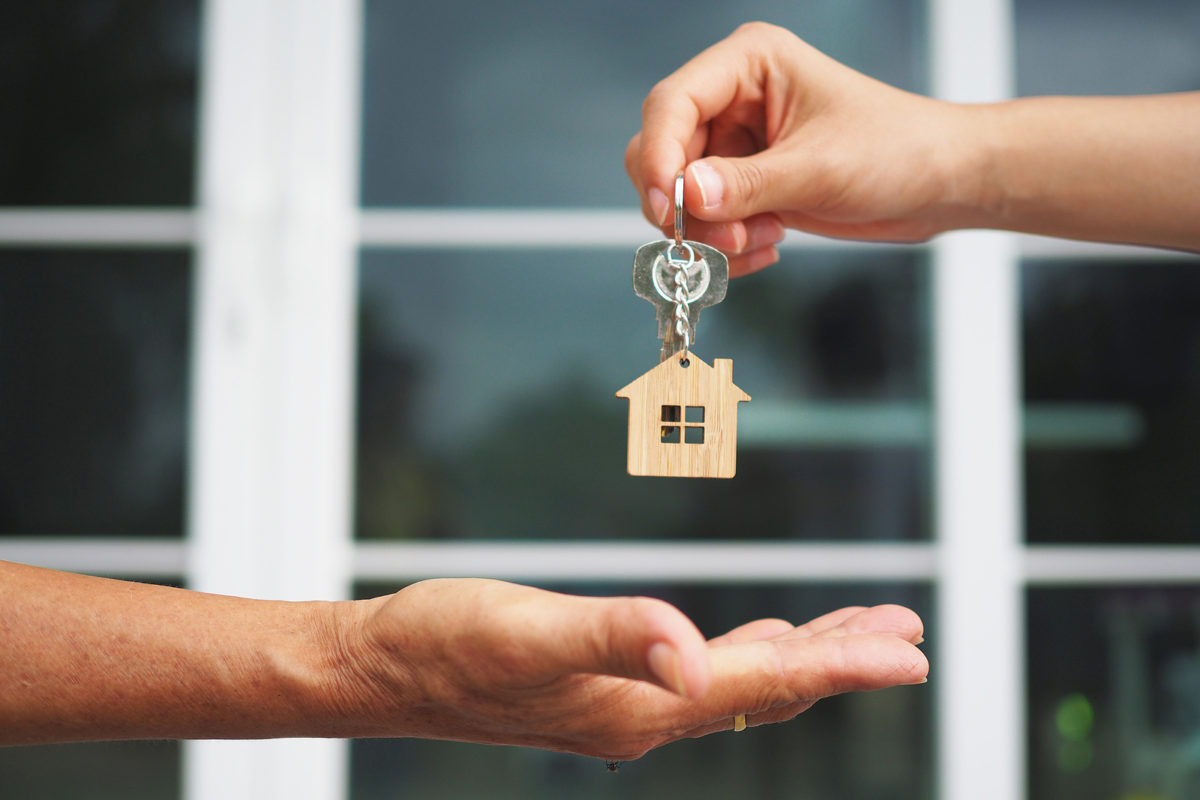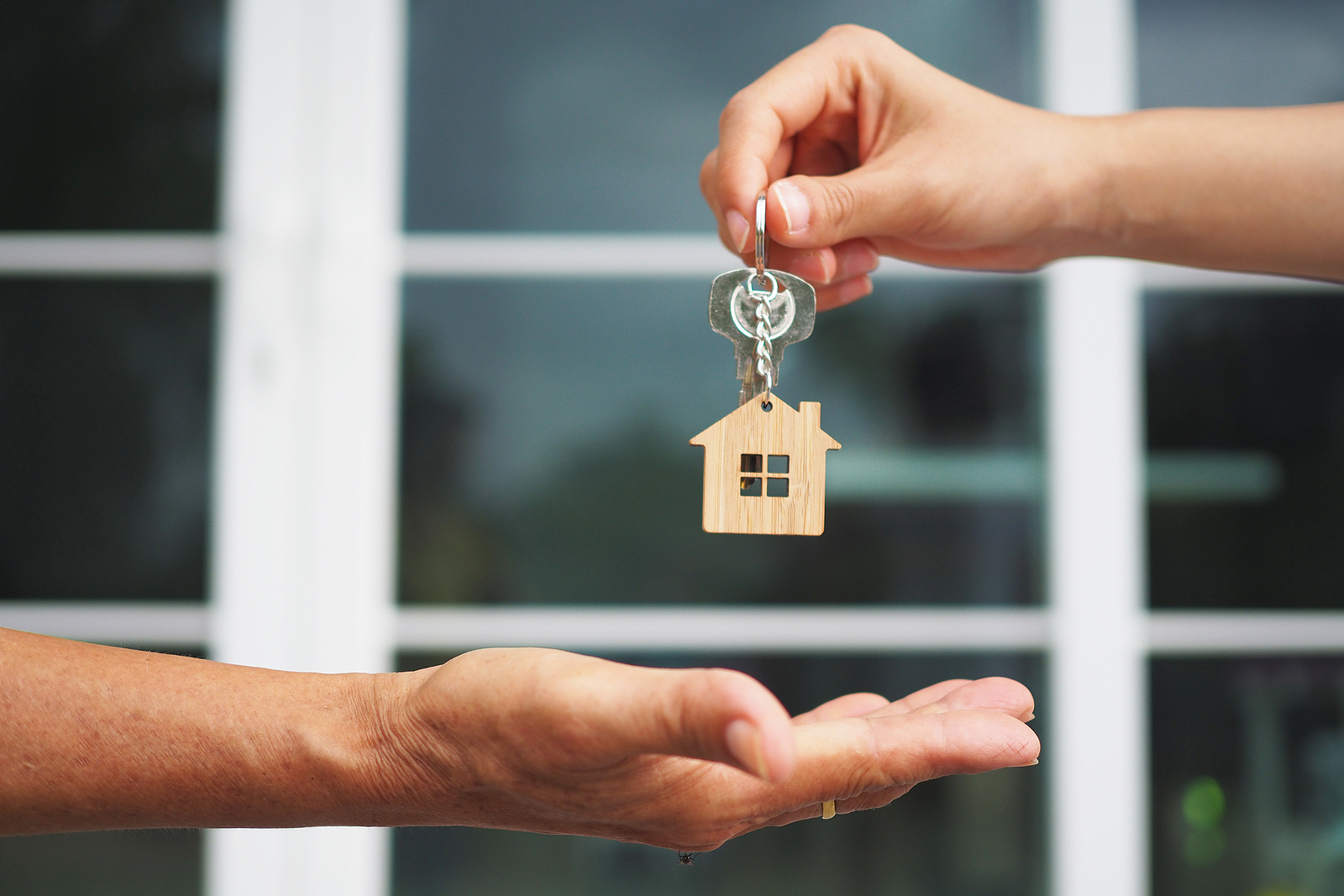If you’re thinking of jumping into the 2022 real estate market, either by buying a home, selling a home or both, understanding what is in store for the market in the future is imperative to making a wise decision.
Since nobody has a crystal ball to help discern the future, we rely on experts in various economic niches for our housing market prognostications every year. Are they always spot on? Nope, but some get awfully close.
So, let’s dive in.
Who are these people and how do they come up with forecasts?
Economic forecasters come in a variety of forms.
“Private sector companies may have in-house economists to focus on forecasts most pertinent to their specific business … Alternatively, they might rely on Wall Street or academic economists, those attached to think tanks or boutique consultants,” explains Daniel Liberto at Investopedia.com.
He goes on to caution us that “… economic forecasting is often described as a flawed science.” Examples include White House economists who will often publish rosy scenarios in an attempt to get the public onboard with certain legislation.
It’s no different in the housing market. Those with a “dog in the fight,” such as certain large real estate websites, rarely forecast discouraging news. In fact, while researching for this blog post, we found evidence of just that. One large real estate-related company’s 2022 forecast is the exact opposite of what other economists are predicting.
At any rate, economic forecasters, in general, rely on “… statistical models with inputs of several key variables,” according to Liberto. The variables are chosen according to the industry being studied. For instance, when forecasting future housing market conditions, economists use:
- Interest rates
- Unemployment/employment rates
- Impacts on income, such as inflation
- Supply and demand of homes
- Housing affordability
- Availability of mortgages
- New housing construction data
Learn more about these variables at economicshelp.org.
Since space prohibits a deep dive into all of these, we’ll concentrate on the ones that our clients seem most concerned about.
Mortgage interest rates
Mortgage interest rates determine the volume of homebuyers in the market. When rates are high, those at the lower end of the affordability scale leave the home-buying process.
Low interest rates, on the other hand, encourage homebuyers and dry up the inventory of available homes.
Danielle Hale, chief economist at realtor.com® forecasts that mortgage interest rates will “Average 3.3% throughout the year, 3.6% by end of year.”
To prove our economy can change quickly, Hale’s forecast was published prior to the latest news from the Fed: they are anticipating three interest rate increases in 2022.
“New projections based on the median forecast by Fed officials see the federal funds rate rising to 0.9% by the end of 2022, to 1.6% by the end of 2023 and to 2.1% by the end of 2024,” according to Greg Robb at marketwatch.com.
While the rates expected are higher than we’ve experienced in the past year, they may still remain at historic lows.
And 2022 home prices?
Attempting to time the market is never a good idea. By the time it corrects, it’s too late to take advantage of the previous market.
“Will next year be a good time to sell?” is a question we field a lot lately. Let’s see what economists have to say about it.
Economists that we follow say that prices will soften in the new year, but slowly. Realtor.com experts claim that over the course of 2022, the median existing home price will rise 2.9%
If that projection comes true, it would represent the slowest rate of growth since 2012, according to Lance Lambert at fortune.com.
So, what could change this scenario? Rising mortgage rates could dry up demand, causing prices to plummet.
What may be more likely to occur are changes in the jobs market. The new Corona variant is still quite mysterious and how our lawmakers respond to it could impact the employment scene.
Best guess? It depends …
The housing market’s strength depends on a number of variables, one of the most important of which is the health of the job market.
“The Great Resignation,” new variants of the coronavirus and other factors have thrown all predictions about 2022’s jobs market to the wind.
California, for instance is expecting “… fewer payroll jobs …” in 2022 “… than previously anticipated,” according mercurynews.com’s George Avalos, citing the Anderson Forecast.
I know this is a lot to consider as you think about timing your home sale or purchase. Our best advice to you is to jump in as soon as you can.
Feel free to reach out for assistance; we’re happy to help.



















